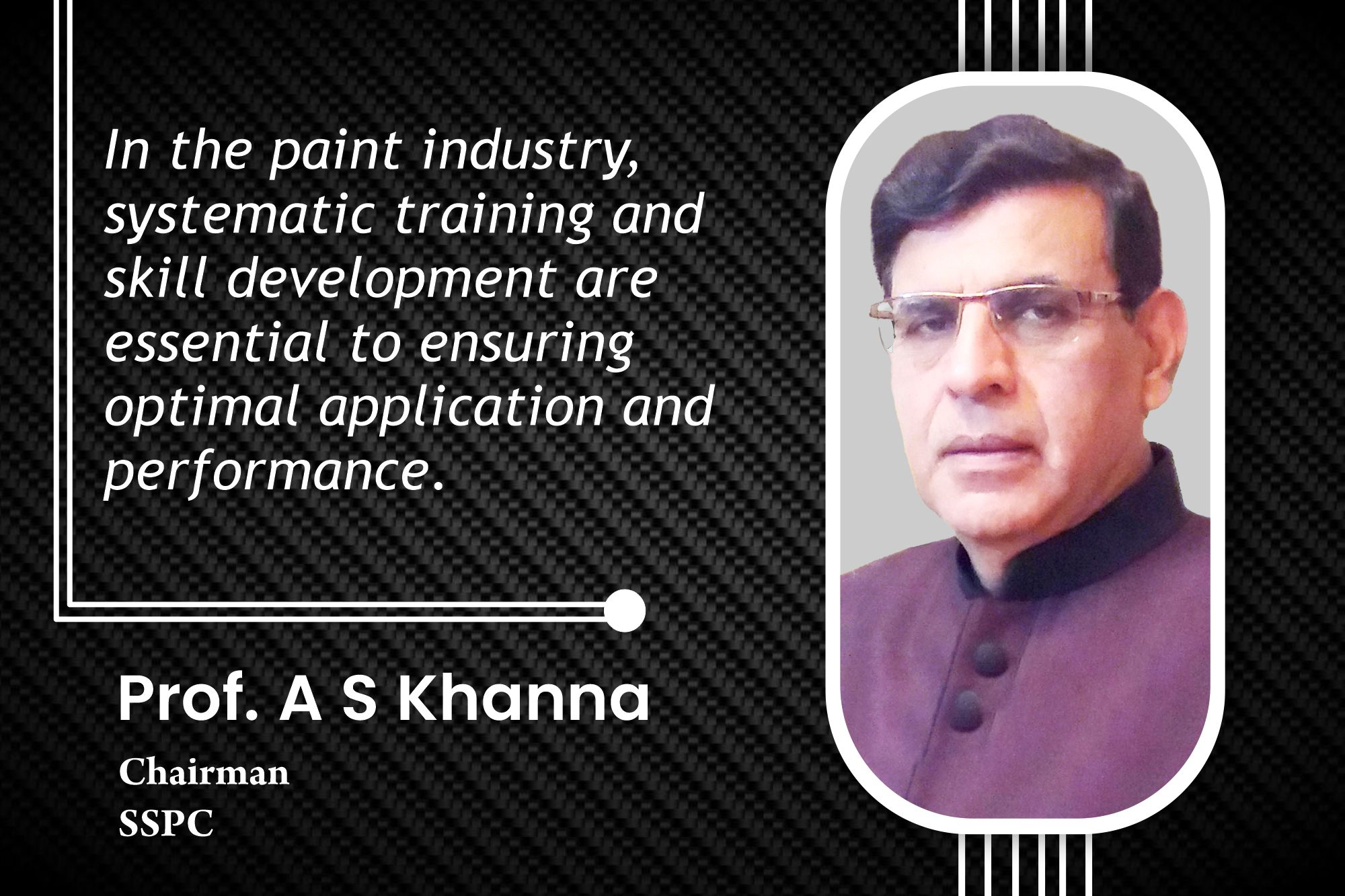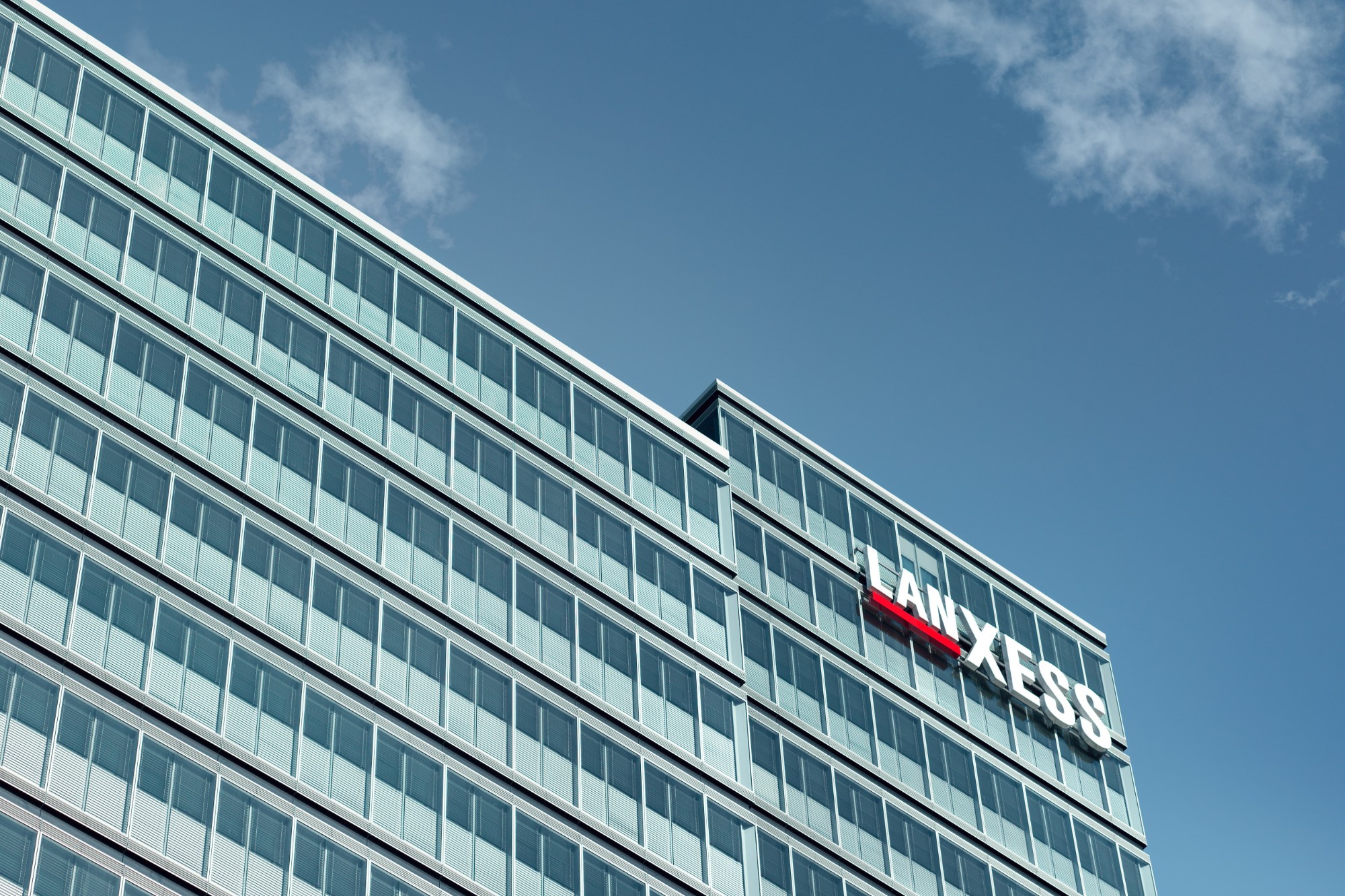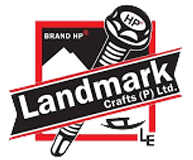Now, sticky concrete no more a concern with Chembond chemical admixture
By Edit Team | February 23, 2019 8:28 am SHARE

One of the most important and critical ingredients of modern concrete is chemical admixture. The introduction of admixtures has changed the way we can work with cement concrete. According to Power’s Equation, the porosity of concrete is inversely proportional to water: binder (W/B) ratio. The primary and vital role of chemical admixtures is to reduce the W/B ratio.
IS 9103, ASTM C-494, ASTM C 1017, BS 5075 (withdrawn) and BS EN 934 part 1, 2, 6 with supporting test methods are commonly used for classifying and testing chemical admixtures for concrete. There are different classes of admixtures, based on their effect on concrete properties. ASTM standard C-494 classifies admixtures in eight types from A to G and S. Apart from reducing the mixing water, chemical admixtures have various functions such as slump retention, set retardation or acceleration, strength acceleration and more. Each type needs to meet different criteria, specified in test specifications. Besides, there are other types like air entraining admixtures as per ASTM C-260, integral water proofing admixtures meeting the water impermeability requirements as per DIN 1048, anti-wash out admixtures, corrosion inhibitors, shrinkage reducing admixtures, foaming agents and corrosion inhibiting admixtures and shotcrete accelerators.
Chemical admixtures are based on various chemistries. Water reduction greatly depends on the type of chemistry a formulator uses, to design the admixture. The best water reduction is achieved using PCE-based admixtures. This is a result of very efficient dispersion of the binder which PCEs offer. The effectiveness of PCEs is more evident when the W/B ratio goes below 0.35. The versatile chemistry of PCE polymers ensures their use in almost every mix design. SCC has been mostly associated with PCE-based admixtures. Along with the excellent water reduction, they also produce flowing concrete without segregation. If the mix is properly designed, there is either no need for VMAs, or their usage could be limited.
Now a day’s modified PCE-based admixtures are available which also offer good rheology control. One of the challenges in earlier PCEs was the increased stickiness of the concrete mix, now there are some molecules which offer excellent reduction in stickiness. This is often necessary while designing high strength mixes which have a tight water cement ratio and high fines. There are other issues associated with PCEs such as, rapid loss of slump, dosage and temperature sensitivity, sensitivity to moisture content. Due to such factors use of PCE-based admixtures in lower strength mix designs is many times avoided by concrete producers. Modified PCEs are useful in meeting the requirements of lower strength mixes. Often, due to use of manufactured sand or stone dust, there are issues with regard to slump retention or segregation, these needs to be addressed by smart formulations of blended PCE molecules.
SRAs are mainly based on Ethylene and Propylene Glycol derivatives. While using SRAs, one must consider their effect on final compressive strength and air entrainment. In general, at same W/B ratio, 10-15 per cent reduction in final compressive strengths, have been observed. It is imperative that by adjusting the W/B ratio, one can actually maintain the desired compressive strengths.
Author details:
Swapnil R Deshmukh
Sr. Marketing Manager
Chembond Chemicals Limited
Cookie Consent
We use cookies to personalize your experience. By continuing to visit this website you agree to our Terms & Conditions, Privacy Policy and Cookie Policy.








































































